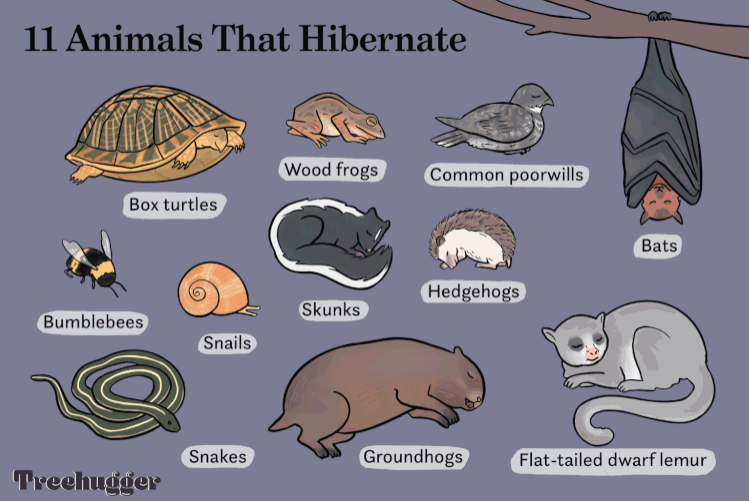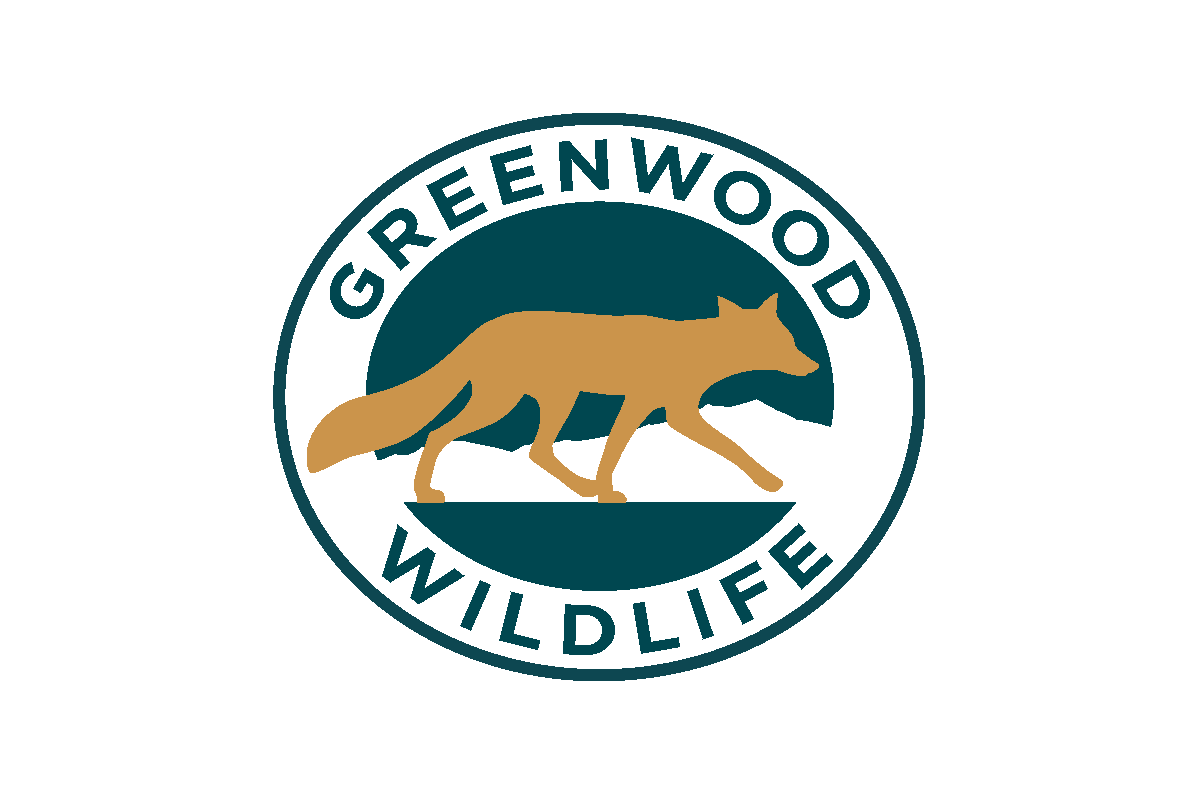There are a few key differences to point out when comparing torpor and hibernation:
- Hibernating isn’t the same as sleeping
- Bears aren’t the only ones who hibernate
- Animals are not always still during hibernation
- Both hibernation and torpor can last for different time periods
- One is voluntary and the other is not
Due to mammals’ high metabolic rate, they must maintain their body temperature. Smaller animals have a higher risk since they have a larger surface area to volume ratio. They lose heat rapidly so the best solution is to become less active and reduce their body heat. Two strategies to do this are through hibernation and torpor.
Hibernation is voluntary and is a state of regulated hypothermia that an animal endures in order to conserve energy, especially when food is scarce. Hibernation can last for months or a few weeks, depending on the species. During this time, the animal is in a low metabolic state, about 1-2% of their active state, for several days in a specific hibernaculum. Every 1 to 3 weeks, the animal will wake up to eat, drink, and replenish its body. This little wake up actually boosts the animal’s immune system as hibernating animals are at a high risk of parasites.
Some species enter a stage of sleep called “torpor” or “temporary hibernation” which is not as heavy as hibernation. Unlike hibernation, torpor is involuntary and lasts for just a few hours during the daytime. Both food availability and outside temperature influence torpor. You can think of torpor as the animal passing out in response to being too cold. When it comes to birds, the act of torpor can actually be dangerous. When a torpid bird’s metabolic functions are slowed, they are more vulnerable to predators.
Sometimes a caring person will assume an animal is sick or hurt if found while they are in torpor. For example, this Common Poorwill was brought to Greenwood when a construction worker found it motionless on the ground. Our staff didn’t find any injuries or illnesses when evaluating the bird. Once it woke up from all the commotion, it was obvious that the bird was healthy when it was found, but in a deep sleep. Rehabilitators gave it a boost of hydration before releasing it back near where it was found.


